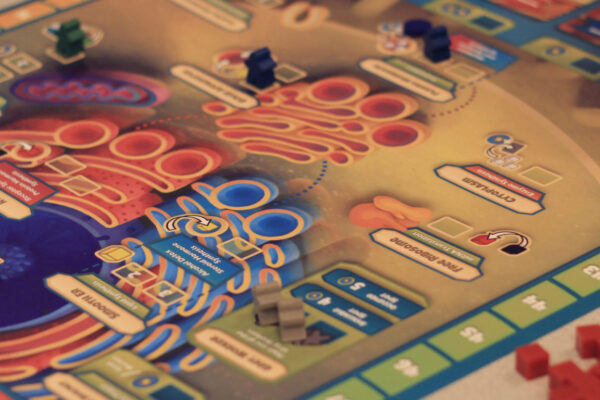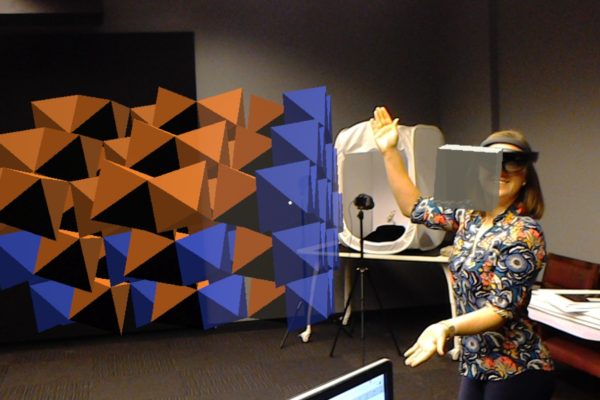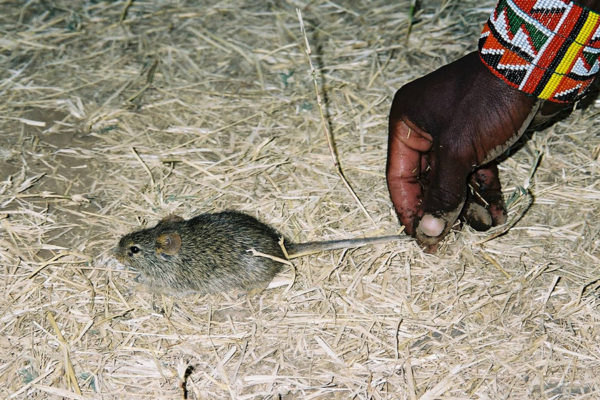Researchers to model brain’s memory network
Washington University in St. Louis brain scholars will join teams from four other universities in a five-year, $7.5 million research project that aims to build and test the most comprehensive model yet of how people understand and remember events.
New use for a pesky weed
Dandelions are much-maligned weeds, with a paratrooper-like seed dispersal system that makes them difficult to eradicate. However, new research from an engineer at Washington University in St. Louis finds a great benefit in an unlikely place for the pesky dandelion: each of its tiny seeds can be used as a perfect pipette in the laboratory setting.
Genius Games: A circuitous route to entrepreneurship
WashU alum John Coveyou is the founder of Genius Games, a game-design company focused on creating entertaining and educational science-themed games.
Speaking of Science
Ten Washington University scientists were each given one minute to explain why they’re scientists. This is what they said.
A simple sniff
A team of engineers from Washington University in St. Louis has combined nanoparticles, aerosol science and locusts in new proof-of-concept research that could someday vastly improve drug delivery to the brain, making it as simple as a sniff.
Solar decathlon: Building a sustainable future
Concrete is durable, inexpensive and ubiquitous. But is it sustainable? That question is being put to the test as students from the Sam Fox School Design & Visual Arts and the School of Engineering & Applied Science prepare for Solar Decathlon 2017.
Studying the brain’s suspension system in TBIs
Traumatic brain injury, or TBI, can be devastating and debilitating. Researchers know that the membranes separating the skull from the brain play a key role in absorbing shock and preventing damage caused during a head impact, but the details remain largely mysterious. New research from a team of engineers at Washington University in St. Louis takes a closer at this “suspension system” and the insight it could provide to prevent TBI.
Rice goes rogue
We tend to assume that domestication is a one-way street and that, once domesticated, crop plants stay domesticated. A new study of rice shows, however, that different methods of farming change the evolutionary pressures on crop plants, and the plants easily “de-domesticate,” evolving to take advantage of these opportunities.
Mars in the hallway
Geologist Phil Skemer, of Arts & Sciences at Washington University in St. Louis, is assembling a database of three-dimensional models of crystal structures, rock outcrops and landforms that will allow students to study geology in three dimensions.
Mouse in the house tells tale of human settlement
Long before the advent of agriculture, hunter gatherers began putting down roots in the Middle East, building more permanent homes and altering the ecological balance in ways that allowed the common house mouse to flourish, suggest new research in the Proceedings of the National Academy of Sciences
Older Stories









